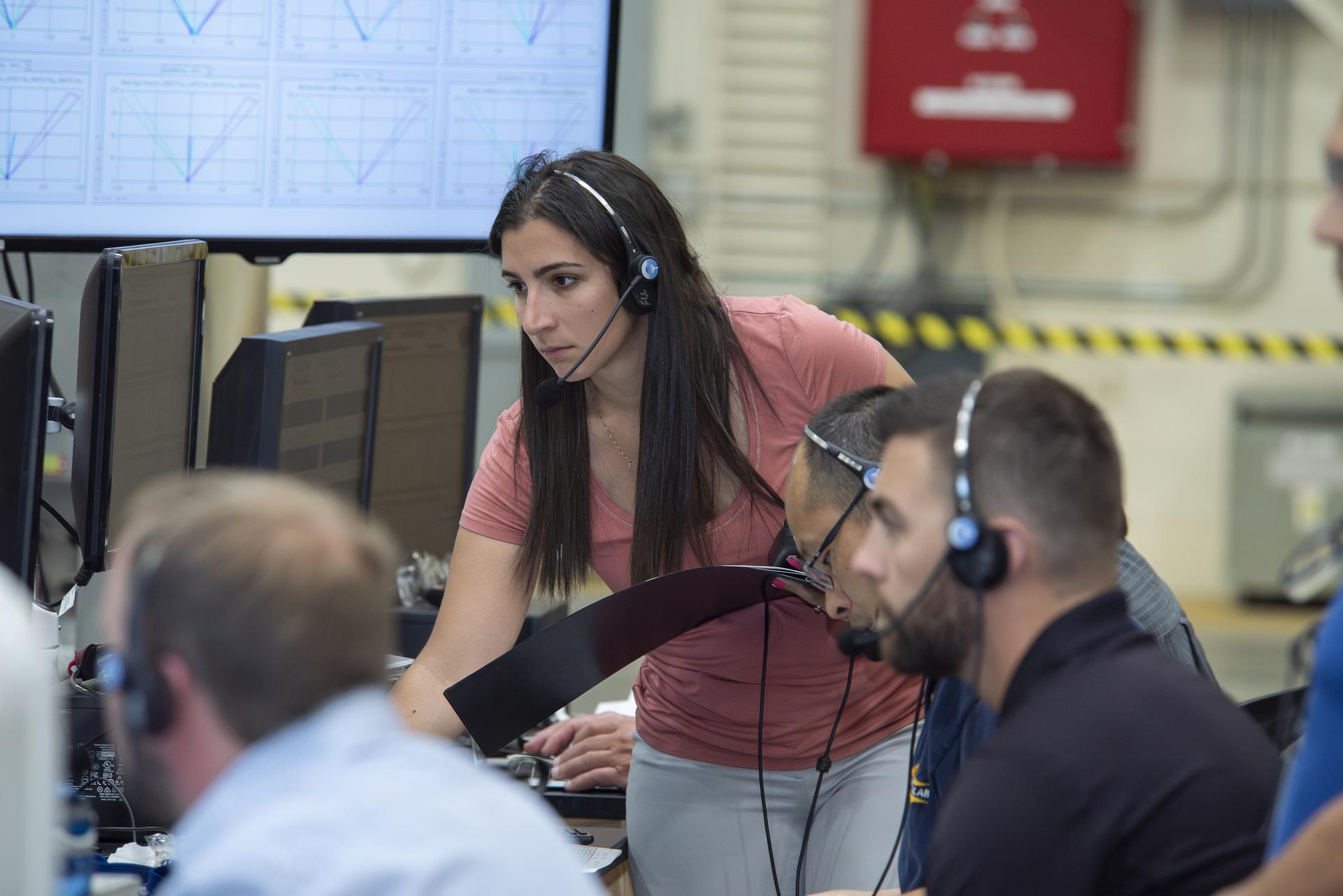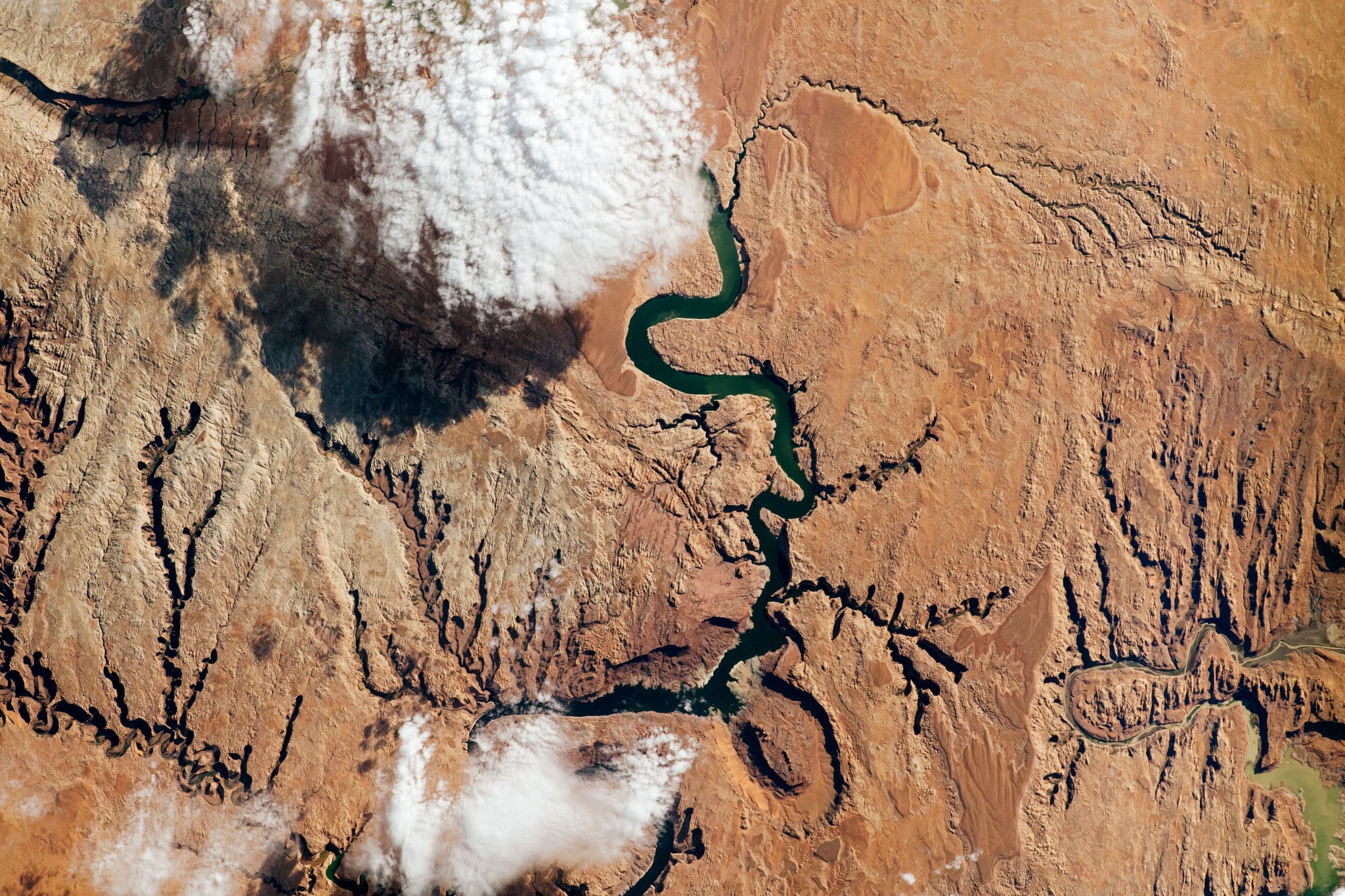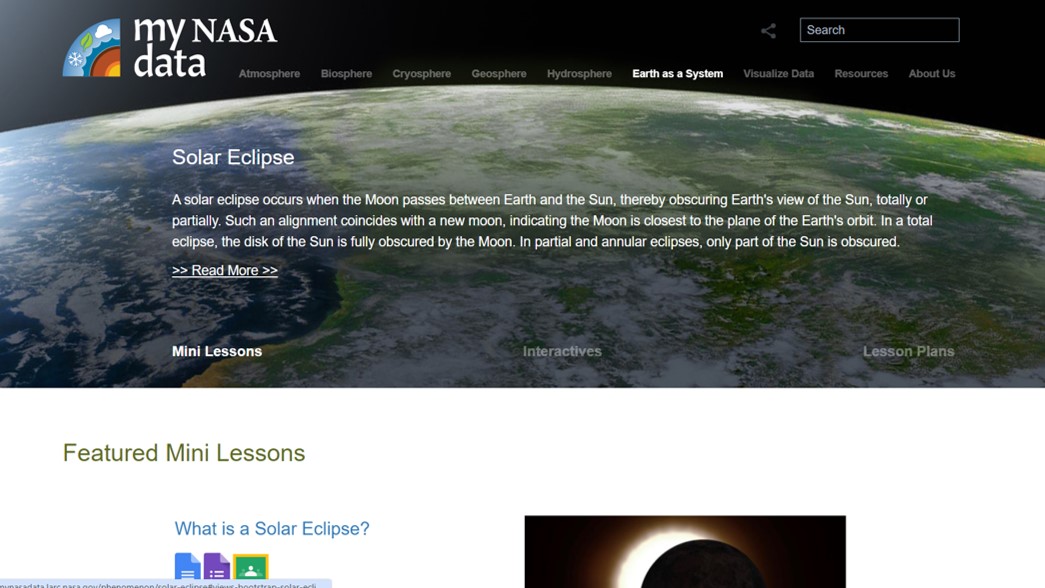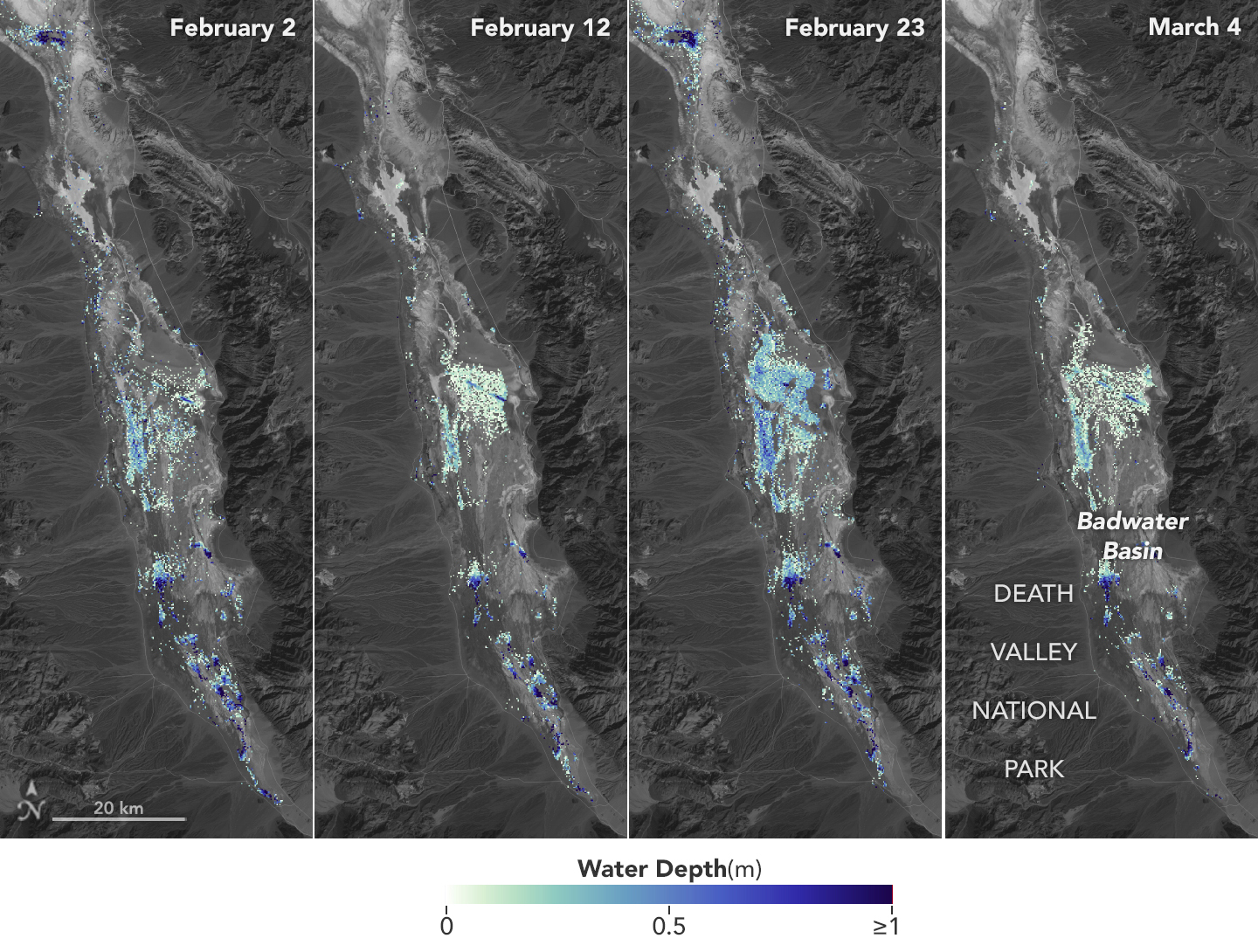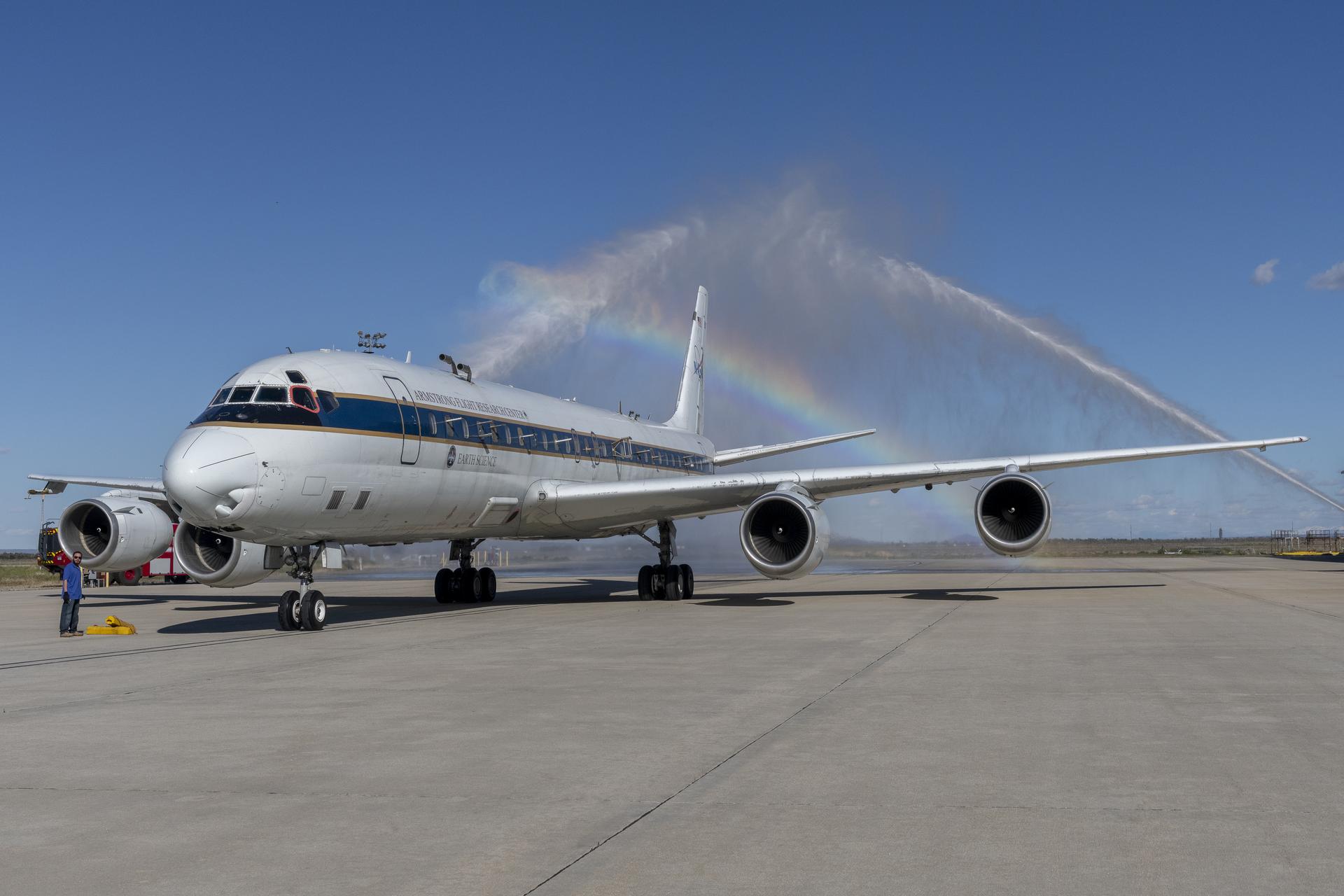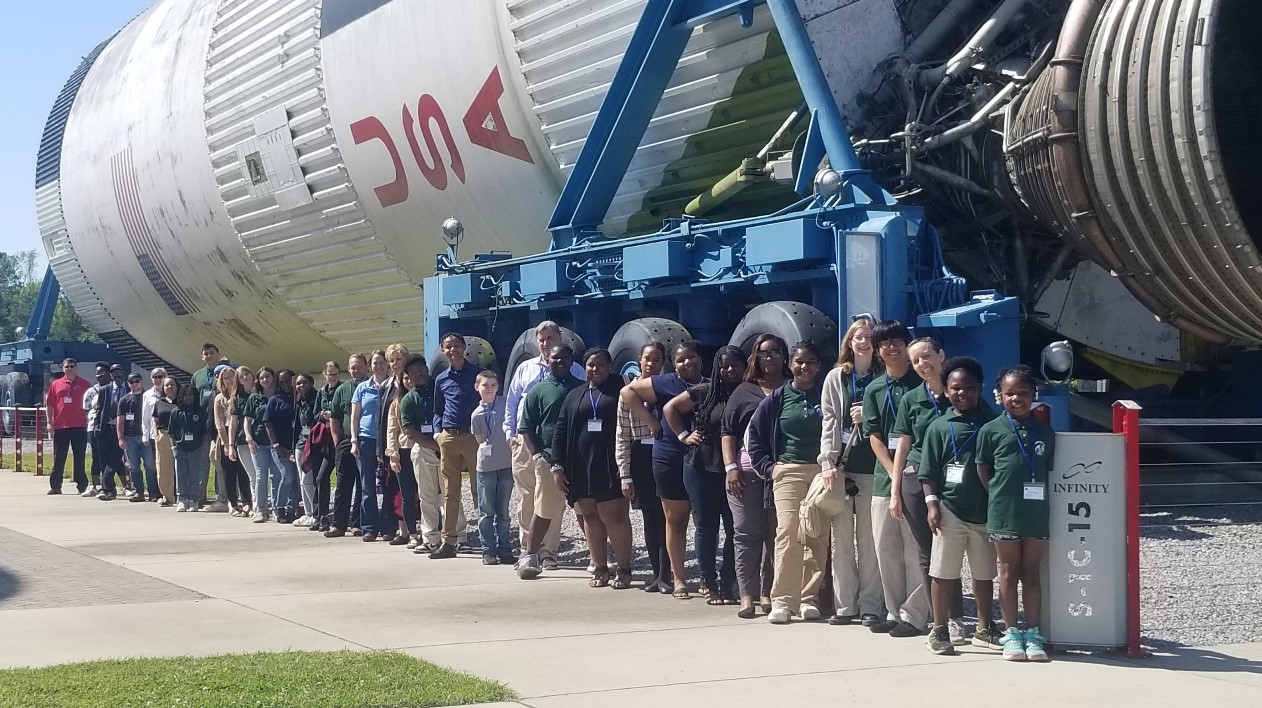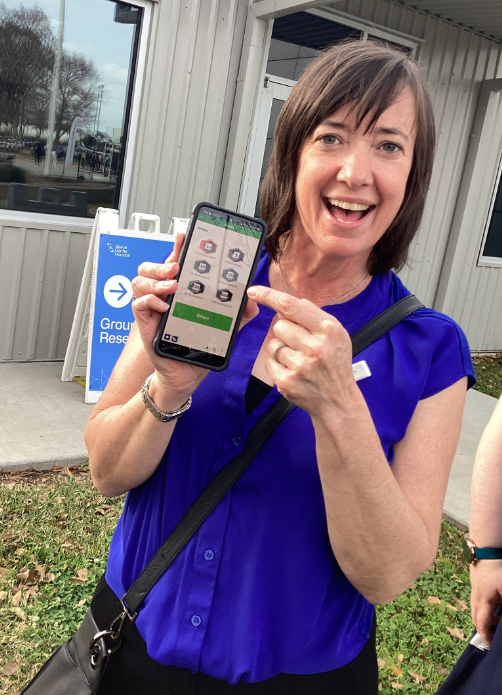5 min read Preparations for Next Moonwalk Simulations Underway (and Underwater) NASA’s DC-8 aircraft – the world’s largest flying science laboratory – began its science missions in 1987 and since then, has flown in service of the science community over places like Antarctica, Greenland, and Thailand. Aircraft like the DC-8 have enabled scientists to ask questions about life on Earth and explore them in a way that only NASA’s Airborne Science program can make happen. After 37 years, the DC-8 will retire to Idaho State University, where it will serve…
Read MoreTag: Earth Science
Scholastic SuperSTEM Magazine Features GLOBE Mosquito Habitat Mapper
2 min read Scholastic SuperSTEM Magazine Features GLOBE Mosquito Habitat Mapper The NASA Earth Science Education Collaborative team collaborated with Scholastic on an article and activity for learners in grades 3-6: “Meet the World’s Deadliest Creature”, which appeared in the May/June 2024 issue of SuperSTEM. The magazine includes nonfiction science articles and activities that encourage learners to problem solve and investigate real-world phenomena. In this hands-on investigation, Mosquito Habitat Survey, learners search for places where mosquitoes could lay eggs, and then, plan ways to make the areas less friendly to…
Read MoreNASA-Led Study Provides New Global Accounting of Earth’s Rivers
5 min read Preparations for Next Moonwalk Simulations Underway (and Underwater) The Colorado River supplies water to more than 40 million people as it snakes through seven U.S. states, including the part of southeastern Utah seen in this photo snapped by an astronaut aboard the International Space Station. The Colorado basin was identified in a NASA-led study as a region experiencing intense human water use. NASA The novel approach to estimating river water storage and discharge also identifies regions marked by ‘fingerprints’ of intense water use. A study led by…
Read MoreMy NASA Data Milestones: Eclipsed by the Eclipse!
2 min read My NASA Data Milestones: Eclipsed by the Eclipse! The My NASA Data (MND) project supports grades 3rd through 12th-grade students and teachers across the globe in analyzing and interpreting NASA mission data. MND provides student and teacher materials, including teacher-facing lesson plans, student-facing lessons and interactives, and NASA data via an easy-to-access interface. Having recently celebrated over 1 million digital engagements in the 2023 fiscal year, MND was excited and amazed to experience a record-breaking 1 million visitors from March 10 – April 10, 2024 -– a…
Read MoreSWOT Satellite Helps Gauge the Depth of Death Valley’s Temporary Lake
Water depths in Death Valley’s temporary lake ranged between about 3 feet (or 1 meter, shown in dark blue) to less than 1.5 feet (0.5 meters, light yellow) from February through early March. By measuring water levels from space, SWOT enabled research to calculate the depth. NASA/JPL-Caltech Data from the international Surface Water and Ocean Topography mission helped researchers to calculate the depth of water in this transient freshwater body. California’s Death Valley, the driest place in North America, has hosted an ephemeral lake since late 2023. A NASA-led analysis…
Read MoreNASA’s DC-8 Completes Final Mission, Set to Retire
2 min read Preparations for Next Moonwalk Simulations Underway (and Underwater) The DC-8 aircraft returned to NASA’s Armstrong Flight Research Center Building 703 in Palmdale, California, on April 1, 2024, after completing its final mission supporting Airborne and Satellite Investigation of Asian Air Quality (ASIA-AQ). The aircraft and crew were welcomed back with a celebratory water salute by the U.S. Air Force Plant 42 Fire Department. NASA/Steve Freeman After 37 years of successful airborne science missions, NASA’s DC-8 aircraft completed its final mission and returned to the agency’s Armstrong Flight…
Read MoreStudents Present GLOBE Research at INFINITY Science Center with NASA ASTRO CAMP Community Partners Team
2 min read Students Present GLOBE Research at INFINITY Science Center with NASA ASTRO CAMP Community Partners Team Nineteen 5th-12th-grade student scientists gathered on 5 and 6 April, 2024 at the INFINITY Science Center in Pearlington, Mississippi for the U.S. GLOBE Southeast Student Research Symposium. The students traveled to the symposium with educators and chaperones from Alabama, Louisiana, and Mississippi to celebrate environmental research conducted using Global Learning and Observations to Benefit the Environment (GLOBE) protocols. They presented their GLOBE research to each other and Science, Technology, Engineering, and Mathematics…
Read MoreIt Takes a Village: Meaningful Collaborations to Broaden Participation in STEM
3 min read It Takes a Village: Meaningful Collaborations to Broaden Participation in STEM The NASA Science Activation Program’s Planetary Learning Advancing the Nexus of Engineering, Technology, and Science (PLANETS) project team, led by Northern Arizona University, Engineering is Elementary, United States Geological Survey (USGS) Astrogeology, and WestEd, develops planetary science and engineering curricula for Out-of-School Time (OST) programs such as afterschool and summer camps. PLANETS is employing a co-design approach to optimize the curricula to broaden participation in Science, Technology, Engineering, and Mathematics (STEM) with a focus on multilingual…
Read MoreEarn Awards for Doing NASA Science with GLOBE Observer
2 min read Earn Awards for Doing NASA Science with GLOBE Observer GLOBE Observer, the mobile app of the Global Learning and Observation to Benefit the Environment (GLOBE) Program , gives anyone who wants to (in 120+ GLOBE countries) the opportunity to do NASA science by making environmental observations that complement NASA satellite observations and help scientists study Earth and the global environment. On March 6, 2024, the GLOBE Observer team released a new way to appreciate and celebrate volunteer contributions: My Achievements! This new section of the GLOBE Observer…
Read MoreMaine Educators Re-Energized After Gathering
2 min read Maine Educators Re-Energized After Gathering On February 28-29, 2024, 57 teachers, librarians, and out-of-school educators gathered for a two-day retreat organized and supported by members of the NASA Science Activation Program’s Learning Ecosystems Northeast project team. Based at the Gulf of Maine Research Institute (GMRI), Learning Ecosystems Northeast (LENE) supports regional peer communities of educators who are working to co-develop data-rich climate learning experiences that span learning contexts. This high-energy leap-day retreat was held on the campus of the University of Maine Orono (a project partner) and…
Read More